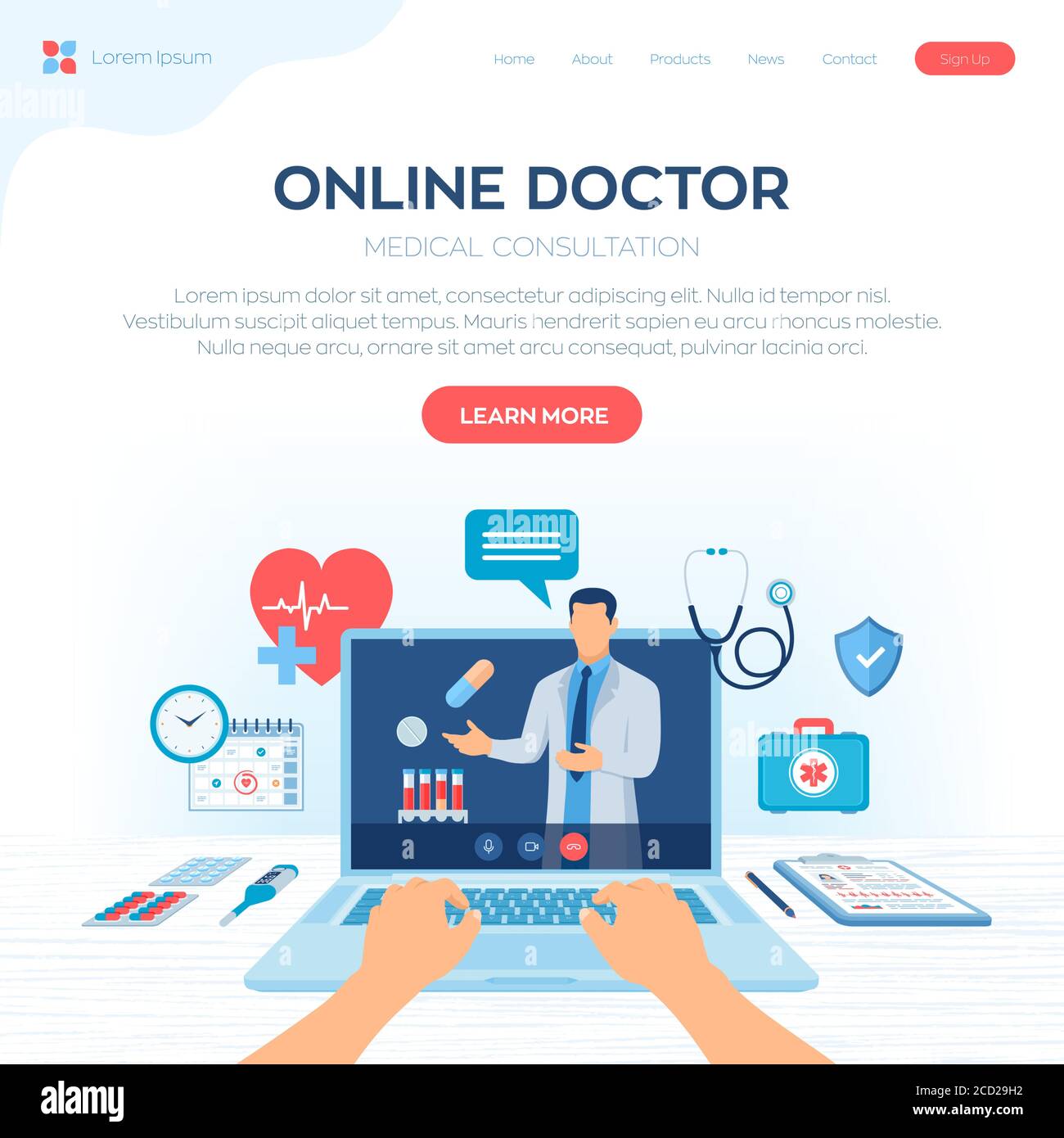Recognizing the Cost Savings of Subscription Based Healthcare for Families
Recognizing the Cost Savings of Subscription Based Healthcare for Families
Blog Article
Comprehending the Cost-Effectiveness of Subscription-Based Healthcare Versions
As the medical care landscape progresses, subscription-based versions emerge as a compelling alternative, guaranteeing to redefine exactly how people handle medical costs. Examining these versions' cost-effectiveness requires a nuanced contrast with conventional insurance, taking into consideration both financial ramifications and patient satisfaction. While they offer openness and predictability in prices, inquiries continue to be regarding their capability to meet varied medical care demands, particularly for specialized therapies. The point of views of doctor better complicate this formula, offering a diverse challenge. What does the future hold for these designs, and can they absolutely deliver on their guarantee of obtainable, budget friendly treatment?
Introduction of Subscription-Based Designs
Subscription-based health care models, sometimes referred to as straight main treatment or concierge medication, are significantly getting interest as a possible solution to ineffectiveness within standard medical care systems. These versions operate the principle of offering patients direct accessibility to doctor through a month-to-month or yearly cost, bypassing the requirement for conventional insurance systems. This plan intends to enhance patient-provider communications by reducing administrative worries, which commonly hinder personalized and timely treatment.
At the core of subscription-based versions is the emphasis on a more individualized person experience. Clients gain from boosted accessibility to their physicians, often consisting of next-day or same-day consultations, extended appointment times, and straight interaction networks such as phone or video clip telephone calls. This model promotes an aggressive method to healthcare, where providers and individuals can collaboratively focus on preventative care and persistent condition management.

Expense Contrast With Conventional Insurance Coverage

One of the main monetary advantages of subscription models is transparency in costs. On the other hand, standard insurance coverage might be extra advantageous for people calling for specialized care or expensive therapies not covered under a registration design, as they benefit from the wider coverage network and cost-sharing systems.
However, cost-effectiveness is context-dependent. While subscription versions could supply savings for those largely needing main treatment, people with chronic conditions or specialized health care demands might discover typical insurance much more comprehensive. Therefore, evaluating specific health care demands and possible use is vital in establishing the most cost-effective option for people.
Effect On Individual Complete Satisfaction
Person contentment within subscription-based healthcare models usually reflects a significant improvement over conventional insurance policy systems. Unlike typical systems, where individuals could experience delays in obtaining care, subscription-based models guarantee even more direct and timely communications with health care carriers.
Furthermore, the transparency in expenses related to subscription-based health care minimizes the usual disappointments associated with unforeseen costs and complex payment procedures seen in typical insurance (subscription based healthcare). Individuals value recognizing the precise monetary dedication upfront, causing raised trust fund and self-confidence in their health care management
Additionally, the focus on precautionary care and health in membership versions contributes to enhanced health and wellness outcomes, even more improving person satisfaction. By concentrating on recurring health care instead than learn this here now episodic care, clients his response experience a more continuous and holistic healthcare trip.
Moreover, the improved provider-patient relationship fostered in these designs, characterized by even more time invested per patient and personalized focus, plays an important role in boosting client complete satisfaction degrees, as people feel really taken care of and comprehended.
Service Provider Viewpoints and Experiences
From the service provider's viewpoint, subscription-based healthcare models supply a transformative technique to supplying medical services. These models stress a preventative and proactive healthcare technique, allowing carriers to concentrate on thorough patient care without the constraints of conventional fee-for-service plans (subscription based healthcare). This change in emphasis usually causes improved client end results and increased company contentment, as health care professionals can designate even more time and resources to patient interaction and customized care plans
Moreover, subscription models facilitate predictable revenue streams, which enhance financial stability for healthcare carriers. This predictability enables for improved source preparation and allocation, adding to an extra effective medical care delivery system. Providers can buy personnel training, technology, and framework renovations, thereby enhancing the top quality of care used.
However, the shift to subscription-based designs is not without official source obstacles. Suppliers should adjust to brand-new functional frameworks, which can include substantial changes in billing techniques and patient administration systems. In addition, there is an inherent requirement for robust information management to track individual results and make certain quality care. Despite these obstacles, several companies discover that the advantages of increased individual communication and streamlined procedures outweigh the initial challenges, making subscription-based models an attractive choice.
Future Potential Customers and Challenges

A main difficulty is governing conformity, as subscription designs should adhere to evolving health care policies and insurance coverage requirements. This requires continual adaptation and innovation to ensure alignment with legal requirements. In addition, incorporating these versions right into existing health care facilities can be complex, needing considerable investments in modern technology and training.
There is additionally the prospective danger of developing inequities in medical care gain access to, as registration designs might prefer those who can manage them, leaving prone populaces underserved. Resolving this needs thoughtful consideration of pricing techniques and subsidy mechanisms to make certain inclusivity.
Verdict
Subscription-based healthcare designs present a practical alternative to conventional insurance coverage by using economic predictability and openness, particularly profiting people with persistent problems or frequent health care requirements. The cost-effectiveness of these versions is contingent upon specific medical care use patterns and situations.
Subscription-based healthcare versions, sometimes referred to as direct main care or attendant medicine, are significantly getting attention as a possible option to inefficiencies within typical health care systems. Unlike traditional systems, where patients might experience delays in obtaining care, subscription-based models make sure more straight and timely communications with healthcare service providers.
These designs stress a preventative and aggressive health care strategy, enabling carriers to focus on detailed person care without the constraints of conventional fee-for-service plans. As these versions continue to gain grip, they supply the possible to change patient access to care, simplify solution shipment, and optimize medical care spending.Subscription-based medical care models offer a practical option to typical insurance coverage by using economic predictability and openness, specifically benefiting people with persistent problems or constant health care needs.
Report this page